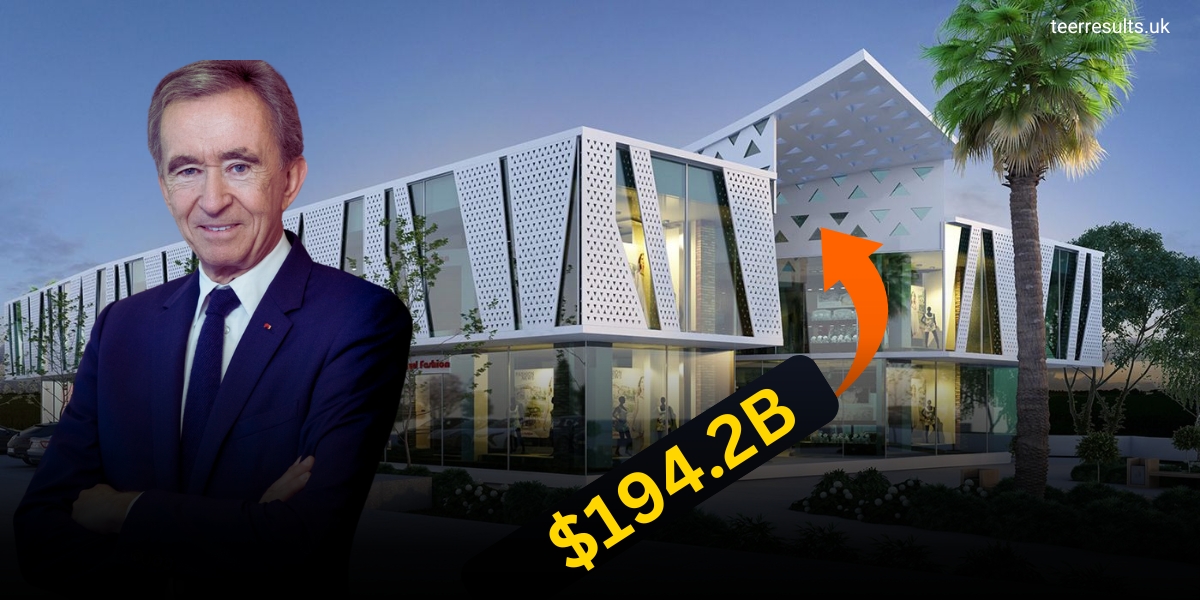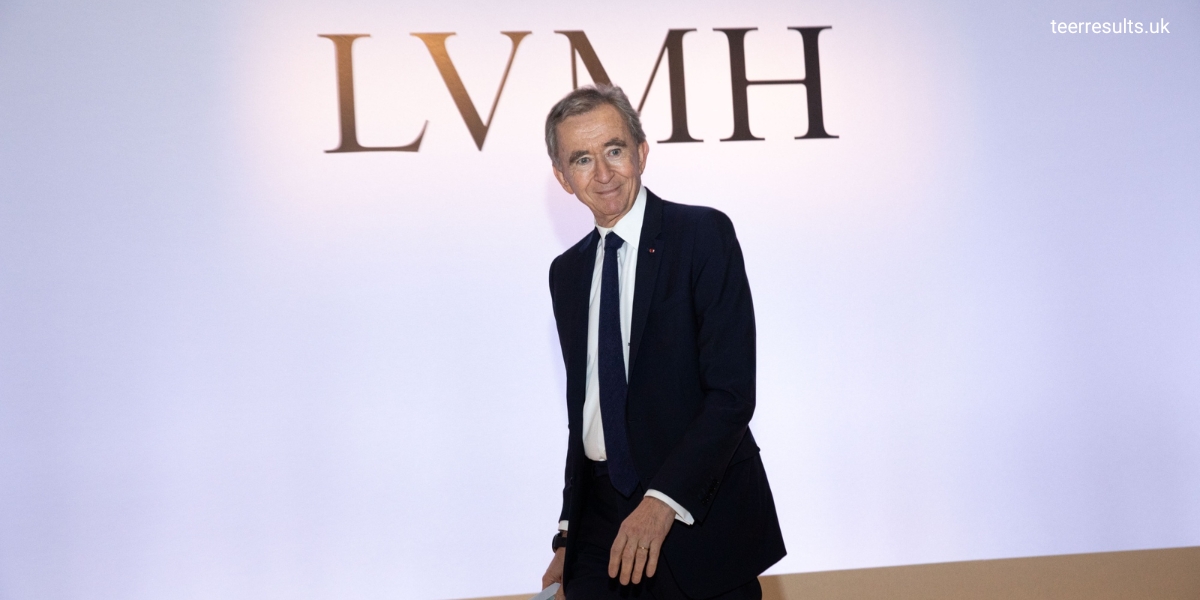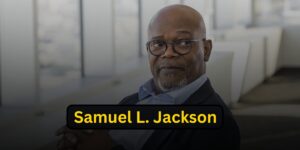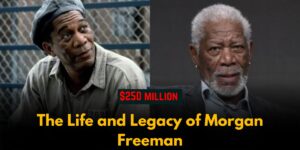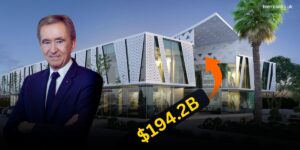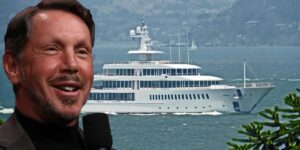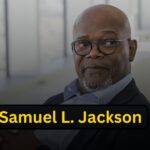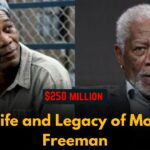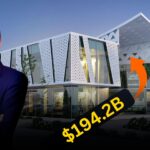Bernard Arnault is widely documented as one of the most powerful figures in the global luxury industry. Born in 1949 in Roubaix, France, Arnault had humble early stages but showed a natural business spirit from an early age. After implementing his education with an engineering degree from Paris’ Ecolab Polytechnique, one of France’s most prestigious schools, Arnault got his start in the building sector by founding the company Ferret-Savinel in 1976.
However, it was his 1984 acquisition of textile giant Bussan that set Arnault on the course toward flattering a luxury industry titan. Bussan was stressed financially at the time but owned several admired brands, most notably the haute dressmaking house Christian Dior. Under Arnault’s management, Dior was revitalized with a new focus on creativity and quality. He paid close attention to both design and global expansion, more than the repetition of Dior’s revenue by 1988.
This success laid the basis for one of Arnault’s boldest moves. founding LVMH (Moët Hennessy – Louis Vuitton) in 1987. The goal was to act as a holding company that could centralize organization, marketing and logistics across a rising portfolio of luxury brands. Arnault wasted no time making transformative attainments, purchasing Louis Vuitton in 1987 and wine and feelings maker Moët Hennessy the same year. This marked the early stages of what would become the world’s main luxury group.
Early Beginnings and Entering the Luxury Industry
To comprehend how Bernard Arnault created his luxury territory it’s important to examine his early life involvements and first steps incoming the industry. However, unlike many business executives who receive wealth, Arnault had humble early stages and was the first in his family to attend college. He studied at the prestigious Ecolab Polytechnique and École des Mines de Paris, elite French organizations that instilled in Arnault a rigorous scientific foundation alongside his innate business acumen.
After implementing his education in the early 1970s Arnault worked briefly for his father’s building firm Ferret-Constuction. In 1976, he used this knowledge to found his own business, Ferret-Savinel, which specialized in the same building and real estate development subdivisions. For nearly a decade, Ferret-Savinel saw success thanks to Arnault’s leadership. However, in 1984 a new opportunity presented that would set the stage for Arnault’s later luxury empire.
That year, Arnault engineered the acquisition of the textile group Bussan, which was on the verge of bankruptcy. What attracted Arnault was that Bussan owned several iconic fashion houses, most prominently Christian Dior. With this single transaction, Arnault gained control over an entirely new luxury sector. He quickly refocused Dior’s operations and rejuvenated the signature brand, gaining the experience that demonstrated his talent for revitalizing prestigious names.
Taking Dior to New Heights and Expanding the Empire
Having proven his capabilities through the Dior turnaround, Arnault was poised to take his luxury endeavors to the next level. In 1987 the same year he accepted Louis Vuitton Arnault founded LVMH (Moët Hennessy – Louis Vuitton) as a canopy group for the luxury assets he intended to assemble. Headquartered in Paris we personalize LVMH to signify the main separations Arnault aimed to unite under one corporate structure: Wines & Spirits, Fashion & Leather Goods, Colognes & Makeups, Watches & Jewelry, and Discriminating Transaction.
With Louis Vuitton and Moët Hennessy as the keystone brands, Arnault quickly acquired other distinguished names through the late 1980s and 1990s. This included the 1988 addition of Spanish leather brand Loewe shadowed by the essential 1997 merger between LVMH and Gucci Group, which brought on iconic makes like Celine, Givenchy, Kenco, Chaumont, and Sephora. Another major deal came in 2001 with the joint $7 billion purchase of Fundi and Lora Piano.
To exploit profits and brand awareness, Arnault introduced an acquisition-based development strategy. By centrally organizing advertising, logistics, and organization across a treat portfolio, LVMH was able to drive major interactions and economies of scale. Investments in new stores, innovative advertising campaigns, and star-studded fashion shows took brands to new global heights. All the while, Arnault empowered creative directors to focus on design excellence and further cement the group’s reputation for quality craftsmanship.
Arnault’s Vision of Building a Global Luxury Powerhouse
Through his prescient moves heading LVMH, Arnault established a long-term vision for building an unparalleled luxury conglomerate. He aimed to unite the world’s premier brands across all sectors, achieving dominance through scale while maintaining independence and prestige at the individual house levels. Central functions like publicity, e-commerce, merchandising, and more were streamlined for maximum synergistic benefit.
Equally important, Arnault foresaw luxury’s growing reliance on global expansion, especially into new markets like Asia. LVMH strategically partnered with players in countries like China and Singapore and made key acquisitions to strengthen its regional presence such as Buying Severing Minters in China. Flagship stores, events, and communications were increasingly multilingual to welcome diverse clientele.
Today, LVMH holds over 70 esteemed brands and generates billions in annual revenue. Under Arnault’s sixth decade of leadership, the group remains diverse yet cohesive. Core values of creativity, quality, and service anchor its vision. With no signs of slowing acquisitions or innovation, LVMH is assuredly poised to dominate the luxury sector for decades to come thanks to Bernard Arnault’s prescient guidance. The man once called “the wolf in a bespoke suit” has proven an unparalleled force in shaping global luxury.
The discreet billionaire behind a $300 billion empire
While building his luxury kingdom, Bernard Arnault stayed studiously out of the limelight. Preferring results to recognition, his leadership style is greatly hands-on yet discreet. Arnault expects excellence but offers full creative autonomy to talented directors, and reportedly knows details across LVMH’s vast operations. The group cuts costs and moves toward shared strategic goals by centralizing business functions and standardizing processes.
Read More:https://teerresults.uk/how-rich-is-mark-zuckerberg-2024-analyzing-the-massive-125-billion-net-worth-of-the-facebook-founder/
This balanced approach has delivered immense financial success. As of 2022, LVMH holds a market capitalization of over $300 billion, with Arnault possessing a net worth of well over $100 billion. He remains the sole controlling shareholder and CEO, continuously pioneering new initiatives that elevate the brands and shareholder value. With such achievements, Arnault holds the title of Europe’s richest person and number two on worldwide rich lists.
Yet wealth is not the end itself for Arnault. As a self-made magnate who rose from humble roots, he sees business and management as an art. Quality, innovation, and service to discerning clients define LVMH – not rapid profits. This customer-focused vision guides choices to this day and secures the company’s admired position for generations to come. Under Arnault, LVMH remains dedicated to upholding the finest standards of French artisanal excellence on a global platform.
Q&A
When did Arnault find LVMH?
Arnault originated LVMH in 1987 as a holding business to start consolidating luxury brands.
How many brands does LVMH currently own?
LVMH now owns over 70 makes crossways fashion, leather goods, wine & spirits, cosmetics, watches & jewelry.
What is Arnault’s current net worth?
As of 2022, Bernard Arnault has a projected net worth of $150 billion, making him the extra richest being in the world.
Which brand has seen the most success under LVMH?
Louis Vuitton has grown well under LVMH, transitioning from travel properties to a leading high-fashion brand universally.
What is Arnault’s long-term vision for LVMH?
Arnault’s dream is for LVMH to continue expanding globally; particularly in promising areas like India & Latin America, safeguarding its luxury brands stay wanted for future generations of clients.
Summary
To summarize, Bernard Arnault stands as one of the greatest entrepreneurial success stories of all time. Starting from a family of French builders and becoming the first in his line to attend the prestigious Ecolab Polytechnique, he has shown relentlessness in assembling a portfolio of 70+ of the most prestigious luxury brands in the world under LVMH.
Central to Arnault’s vision has been a focus on global expansion, especially gaining major Asia operations. He also seeks the optimal balance of scale through consolidation alongside preserving the excellence and heritage of LVMH’s iconic masons. After over 35 years at the helm, Arnault’s leadership drives continued growth and ensures the group addresses shifting consumer and industry trends.
Bernard Arnault the Man Who Built an International Luxury Powerhouse. Bernard Arnault is widely documented as one of the most influential figures in global luxury manufacturing after completing his education with an engineering degree from Paris’ Ecolab Polytechnique, one of France’s most prestigious schools; Arnault got his start in the building sector by establishment the company Ferret-Savinel in 1976.

